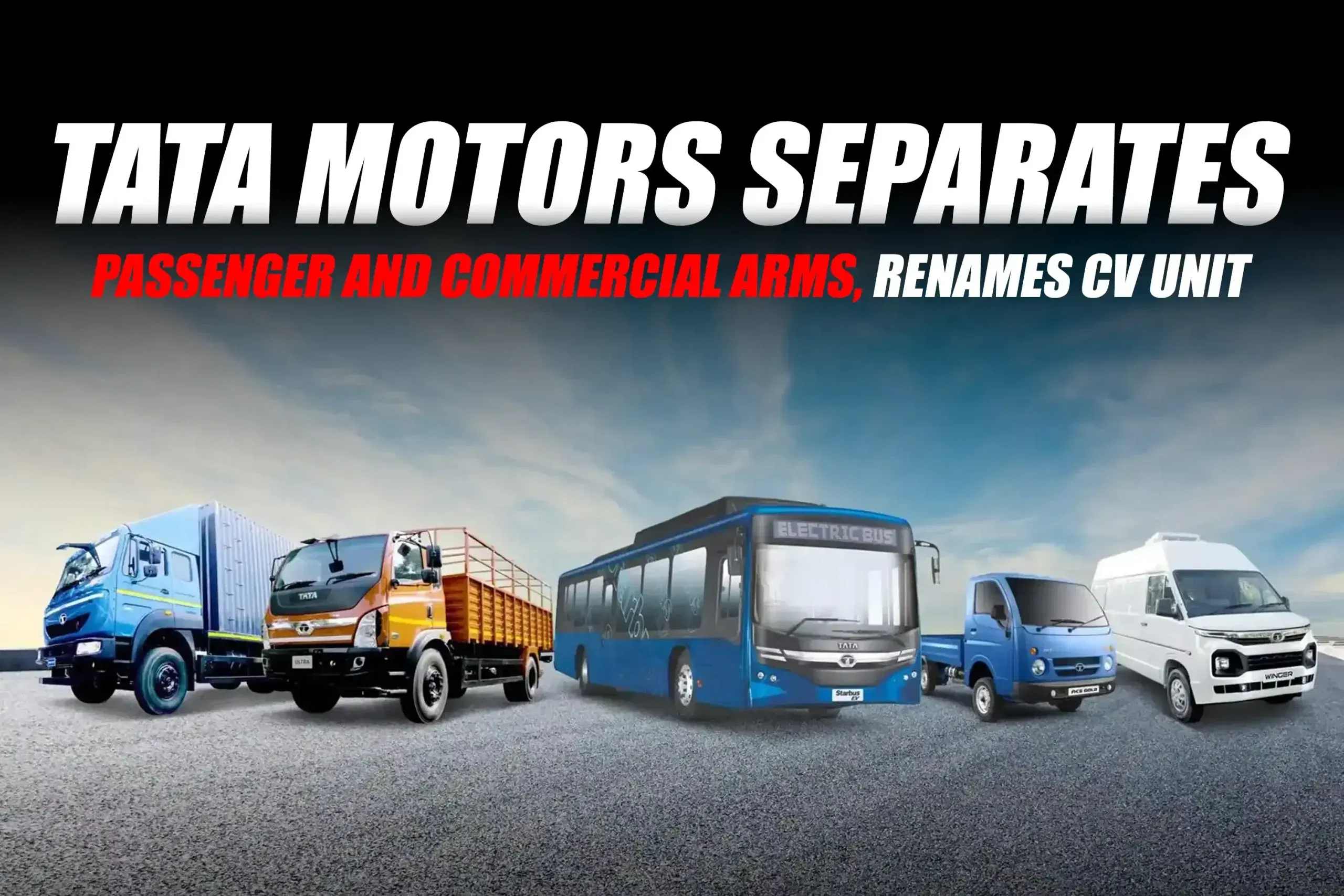Tata Motors announced a restructuring that separates its passenger and commercial vehicle operations. The commercial vehicle division, previously called TML Commercial Vehicles Ltd, will be renamed Tata Motors Limited. The company now functions as two distinct units: the passenger vehicle division and the commercial vehicle division. Each division has dedicated management, resources, and reporting lines. The separation allows clearer strategy, faster decision-making, and better alignment of resources with segment-specific needs.
The passenger vehicle division, which is officially called Tata Motors Passenger Vehicles Ltd (TMPVL), is in charge of cars, SUVs, and electric passenger vehicles. This includes the Jaguar Land Rover (JLR) company. The section that handles trucks, buses, and other vehicles for businesses is now called Tata Motors Limited (TML).
Separation makes operations clearer. The commercial vehicle division can put fleet solutions, logistics, and the needs of industrial clients at the top of its list. The passenger vehicle division may focus on new products, urban mobility, and what people want.

Market Context
The logistics industry, infrastructure developments, and e-commerce are all helping India's commercial vehicle sector grow steadily. A dedicated commercial vehicle division allows Tata Motors to address industry-specific demands effectively. The passenger vehicle division operates in a market that is constantly changing, with new technologies and customer preferences. The separation lets the strategy stay focused without taking away from the operations of commercial vehicles.
Conclusion
The change of the name of the commercial vehicle division to Tata Motors Limited and the splitting of the passenger and commercial arms show a tendency toward operational specialization. The change makes it easier for managers to focus, see reports clearly, and allocate resources based on the needs of each sector.
The reform is organizational, and the new structure will keep the same products and services. In the next few months, analysts and stakeholders will keep an eye on how this affects operational efficiency and strategic concentration.
For more articles and news, stay updated with 91trucks. Subscribe to our YouTube channel and follow us on Facebook, Instagram, and LinkedIn for the latest videos and updates from the automotive world!









